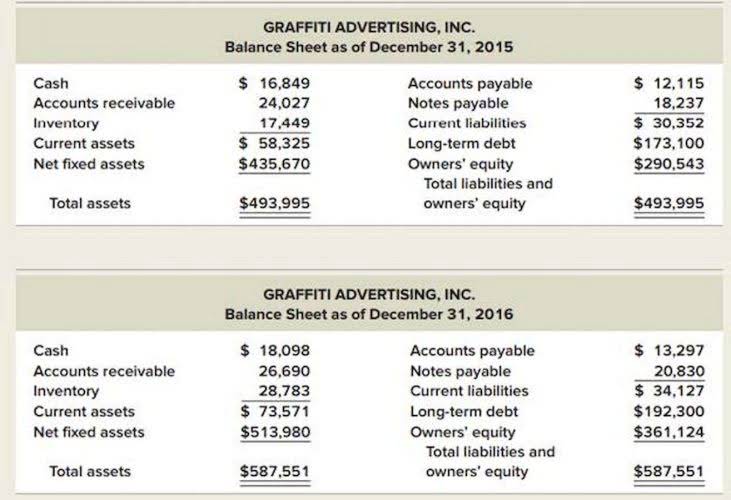
Nonprofit accounting involves complex financial management strategies, compliance oversight, and strategic planning. It goes beyond basic transaction recording to include fund allocation, restriction management, and financial decision-making support. Get our FREE GUIDE to nonprofit financial reports, featuring illustrations, annotations, and insights to help you better understand your organization’s finances. It’s quite common for nonprofits to support other nonprofit organizations, especially if they share a common mission or serve the same community. 501(c)(3) nonprofits are a specific class of nonprofit organizations recognized by the IRS, including most charitable organizations and churches.
Initial Processing
Many nonprofits charge service fees or program fees to help cover the cost of running the organization. In addition, grant-funded programs often have their own set of rules and requirements for recording. Proper record-keeping for grant revenue is important to stay in compliance with rules for fixed assets grant funding. As donations can come from many sources, it’s very important to separate restricted and unrestricted funds when recording to help you keep up with donation rules.
What types of stocks can be donated to nonprofits?
The audit process strains resources, taking staff time away from regular duties and often revealing areas needing improvement. This public accessibility means your financial management needs to be spotless. Aplos has everything you need in one place for streamlined nonprofit and church management. Sign up below for the free eBook, which will guide you through what a fixed asset is, and how you and your organization can track, manage, and depreciate it throughout the course of its useful life.
An Education Plan Can Pay Off for Your Employees – and Your Business
And if you’re selling products or services, that’s another layer to manage. While for-profit organizations track bottom-line earnings, nonprofit accounting focuses on demonstrating good stewardship of financial resources. This affects everything from how you handle financial transactions to how you prepare your financial statements. One essential tool that you can use in your nonprofit is donation tracking software that can help you keep track of incoming gifts. Software helps ensure transparency and accuracy in keeping financial records and tracking restricted funds, crucial in maintaining your nonprofit. For the purposes of GAAP, donations of goods and services are valid revenue.
Recording the Receipt of a Stock Donation
When recording donations for your nonprofit, technology is your best friend. There are plenty of software and tech options that make it easy to properly record nonprofit donations. Generally, most small nonprofits can use the cash basis method as it may be simpler. A nonprofit accounting for stock donations larger nonprofit (or one with a lot of complicated transactions) may need to use the accrual method. Not only does it help with transparency in your organization, but properly recording revenue keeps you in compliance with nonprofit regulations.

Tips for thanking donors
Respond promptly and honestly when donors ask questions about how you used their money. Make your financial policies public and explain complex financial matters in simple terms. Most importantly, document who can access what and review these controls regularly. If you’re short-staffed, get board members involved in regular financial reviews. Investment decisions can be incredibly complex when managing endowments or restricted funds. It is essential to strike a careful balance between preserving the principal and generating the necessary income.
Applying the New Accounting Guidance for Contributions

These in-kind gifts can help your nonprofit get the resources it needs to carry out programs without constantly hounding your donors for cash. Some people are more likely to give if they know that their donation will go directly to helping others, rather than paying overhead costs or admin salaries. Ultimately, stock donations allow for donors to give more to the causes that are meaningful to them and for nonprofits to maximize their fundraising potential. Historically, giving and accepting stocks has been messy and overly complicated for both donors and nonprofits. Its benefits have been hard to understand, and nonprofits often don’t know how to help donors through the process.
- Once a donor fills this out, they’ll click submit, and in a matter of days the donated stock will be liquidated and deposited as cash into your bank account.
- Any excess can typically be carried forward and deducted over the next five years.
- He excels at creating process efficiencies, motivating and utilizing staff to their full potential, implementing internal controls and providing sound technical expertise.
- This information should be stored in an easily accessible format and should be updated regularly.
- I believe it’s a unique and concise place to get answers to this often wispy area called nonprofit.

Failing to comply with relevant regulations can result in costly fines or even loss of tax-exempt status. Occasionally we see nonprofits that receive gifts of goods for real estate cash flow the purpose of reselling them. For example, one organization received tickets for athletic events and concerts which they would sell internally. The amount of the contribution for GAAP is the amount ultimately received when the donated goods are sold. One indicator in concluding whether a transfer of assets is a contribution or an exchange is that the positive sentiment from acting as a donor does not constitute commensurate value received by the resource provider.
- Common mistakes include using restricted funds for the wrong purpose or forgetting to “release” funds from restriction when you’ve met the requirements.
- Additionally, we work closely with donors to set up donor-designated funds.
- Stock donations are outright gifts, so must be reported as soon as the assets are transferred to your organization.
- A major food bank reports in-kind gifts, mostly food, that make up approximately 89% of program service expenses.
- However, you can ask the donors to fill out a Stock Donation Form, which will provide them with all the information needed.
- The process of accounting for cash donations is relatively straightforward.
Many kinds of services are performed for nonprofits that don’t rise to the GAAP standards of a specialized skill or enhancing a nonfinancial asset. For example drivers of transport vehicles and tutors for children may be important, but would not be valued for purposes of audited financial statements. In these cases, you may wish to value them based on the Independent Sector’s rates for volunteer labor and record the value separately to this account. This information can be useful for management purposes and for grant applications.
